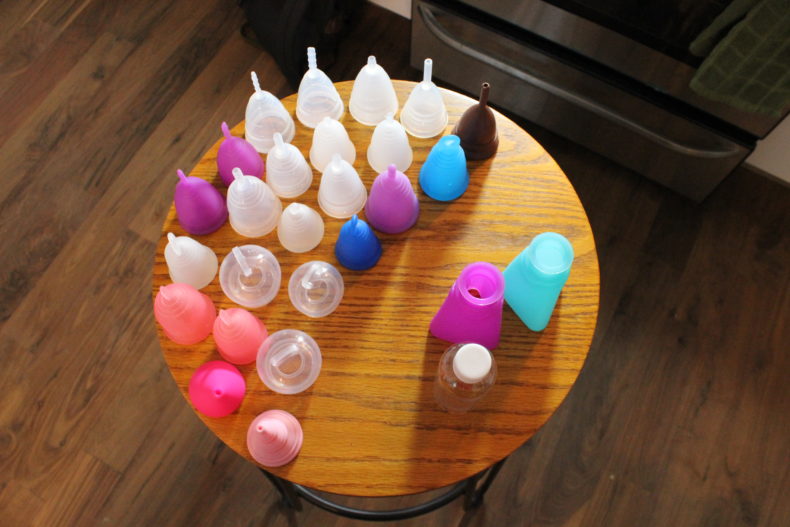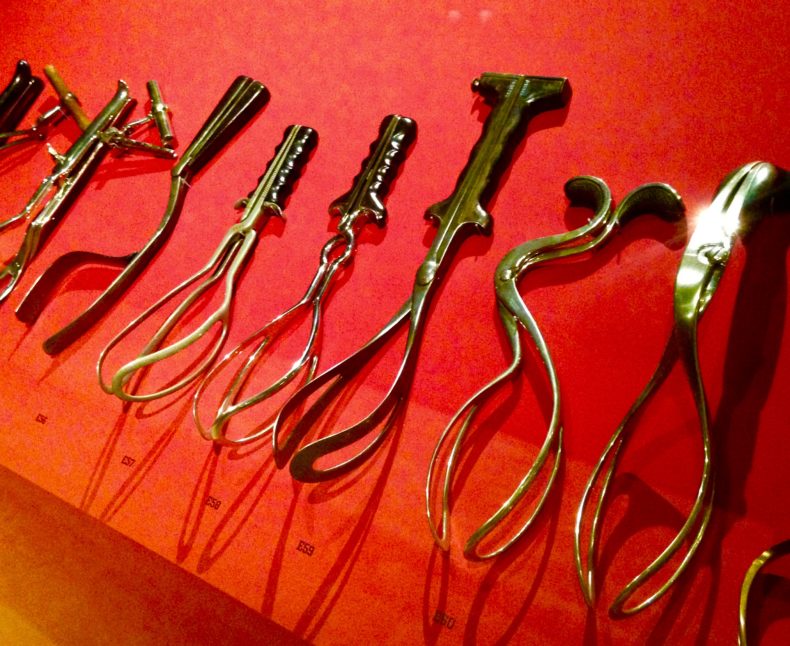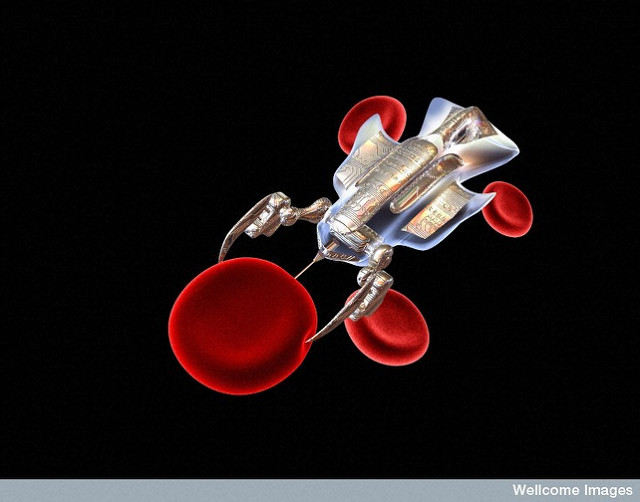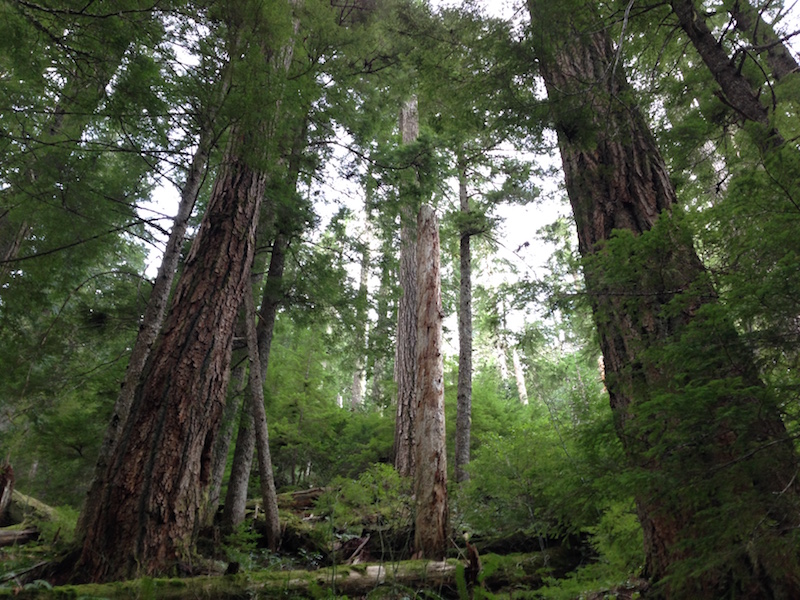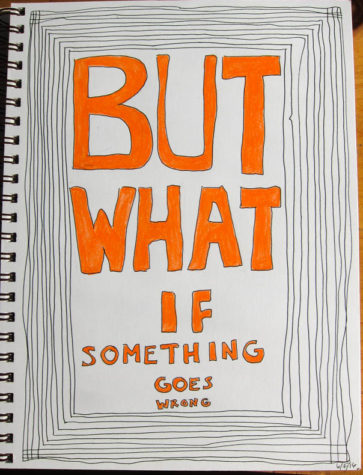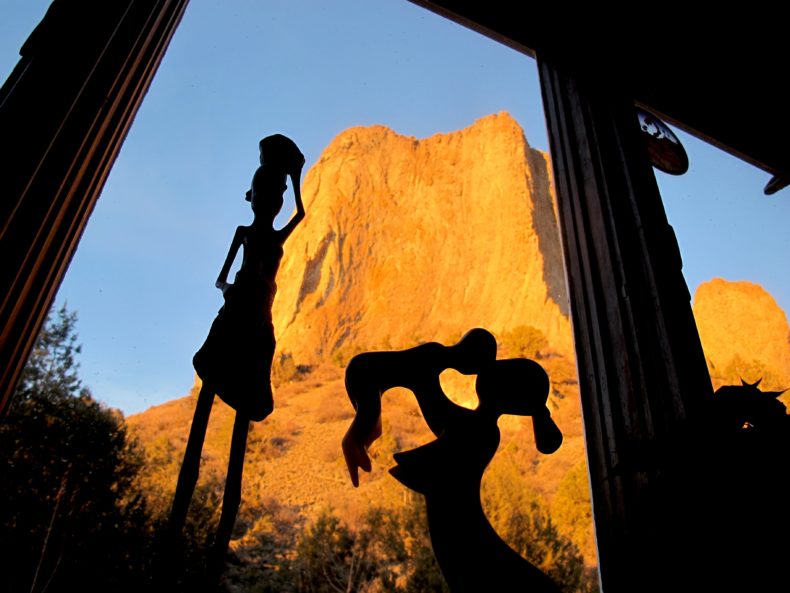
I close on a house this week. I’ve never done this before, not quite sure how the paperwork is supposed to happen.
It’s not much of a place really, almost a thousand square feet and a loft with spaces between the planks where my older boy pressed his eye, watching his brother being born on the couch next to the wood stove downstairs.
Few people live in these high river forks in the West Elk Mountains on the Utah side of Colorado. Forty houses are connected to the same spring coming off the pyramid of Landsend Peak, one of several mountains that gather around the watershed like a cradle. The nearest town is Crawford, CO, population 422. My mom and stepdad live down the road, and the Clarks, who’ve been here forever, still have dogs that come running at you out of the bushes.
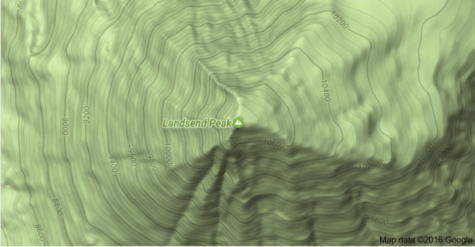
The New York Times sent a reporter to do a spread on us: a writer, his wife, and two kids living off the grid beneath a pike of gray, igneous rock sticking 600 feet in the air. This seasoned Times reporter was terrified by the rock towering over the house. She had trouble not staring at it, unnerved by the way a mass of incomprehensible stone took up half the sky, its blank face not noticing us below. At one point she told us we could be called negligent for having children here, which thankfully she didn’t print. She could imagine our house crashed in as if by a meteor similar in size to any one of these half-ton lichen-decorated boulders lying around the property. We lived in a rock heap, an old one, thus the lichens, while she didn’t have a good sense of geologic time. The house was not going to be destroyed. Probably not for a good, long while.
When she said negligent for having children here, we stared back at her perplexed. “You live in Manhattan,” one of us said. Continue reading

